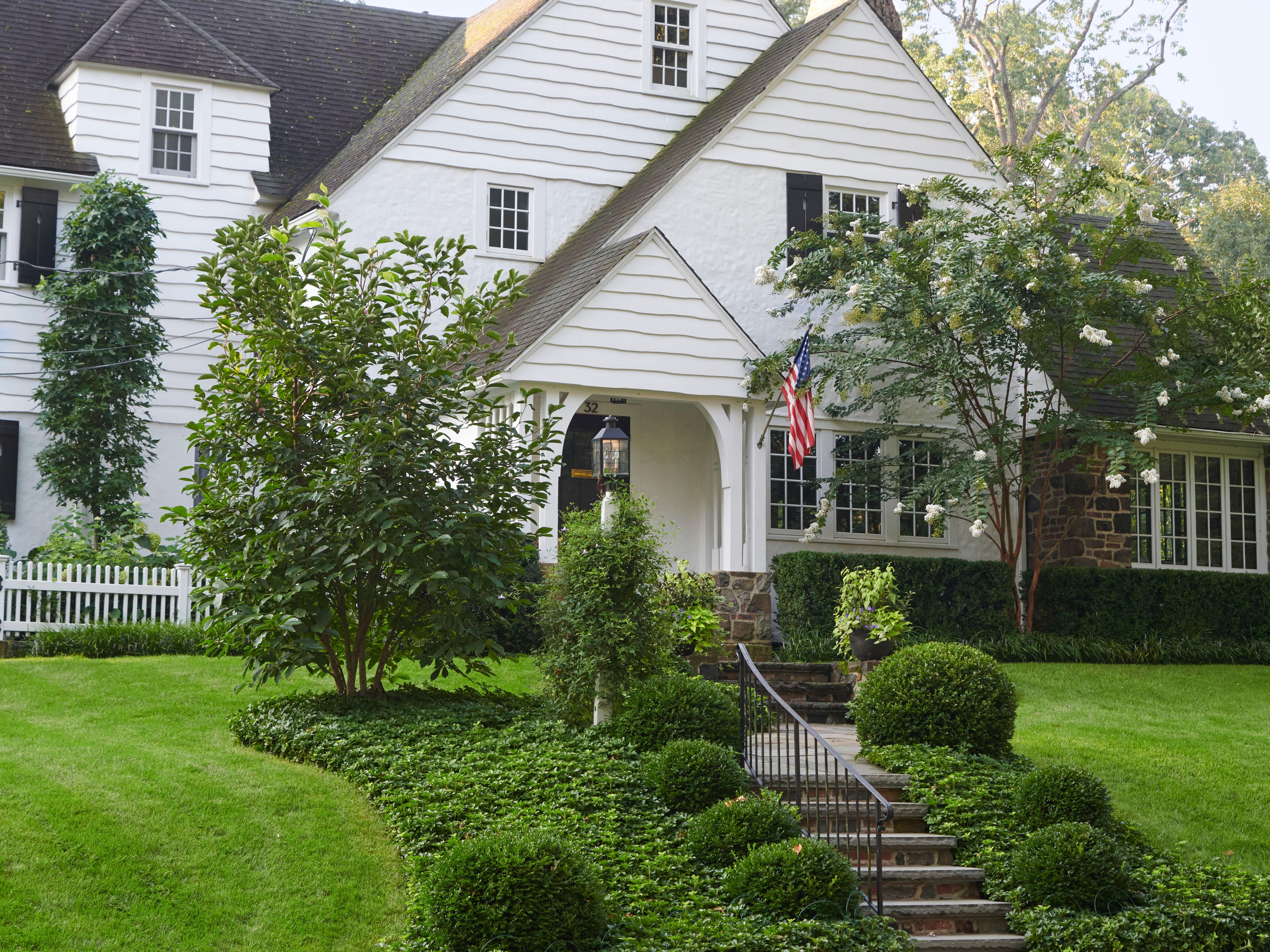Key Takeaways
- An unirrigated lawn tends to turn brown and go dormant in hot, dry weather.
- If lawn has been dormant for four to six weeks, water it deeply to keep it alive.
- Newly seeded lawn and freshly installed sod need regular watering until established.
Whether or not you have to water your lawn to keep it alive depends on a variety of factors. For example, newly sprouted grass seed has much greater water needs than an established lawn growing in rich loam that retains moisture well. And sometimes you may have to deal with prolonged dry spells and water restrictions. These tips will help you figure out if you need to water your lawn to avoid stressing it beyond recovery, or if your grass can get by without running your sprinklers all the time.
When Lawns Go Dormant
Established lawns have a flair for drama when the weather turns hot and dry. If no rain falls for about three weeks, and temps are high, that lush green carpet of unirrigated grass will let you know that it finds the conditions less than ideal. The turf will turn crispy and brittle while taking on tawny hues.
But not to worry—your lawn is not dead. The grass has just gone dormant. This natural dormancy process is a protective measure that conserves resources for the long-lived lawn grass. Even though it doesn’t look like it, the turf is alive at the crown, or base of the blades. Moisture that was once channeled to the leaf blades is directed to the roots and crown during dormancy to preserve the plant until rainfall returns.
How Long Can Grass Be Dormant?
Dormancy is life-preserving for a time, but it has its limits. “Generally, turfgrass can remain dormant for four to six weeks without significant damage to the plants,” says Adam Thoms, assistant professor and Extension turfgrass specialist at Iowa State University. After a prolonged dormancy, the lawn simply runs out of resources to sustain life. “It is best to water the lawn if the turfgrass has been dormant for four to six weeks,” Thoms says.
When to Water a Dormant Lawn
If grass has been dormant beyond the limit, Thoms recommends applying 1 to 1 ½ inches of water in a single application. The goal is to soak the soil for maximum absorption by the roots. Don’t expect a big change in appearance. “This will not cause the grass to green up, but it will keep the turfgrass crowns and roots alive,” he says. If the drought persists, Thoms recommends watering deeply about every two weeks.
The time you apply the water makes a difference during extended periods of drought. “Water in the early morning to avoid evaporation,” says Lou Manfredini, a home improvement expert at Ace Hardware. “3 a.m. isn’t too early. And using a water timer on your hose makes it easy.” In addition to timing it right, “avoid using any fertilizer because it harms a lawn that is already drought-stressed,” Manfredini adds.
Related
Watering New Lawns
Daily watering is essential for a newly seeded lawn or newly installed sod. Without daily watering, new seedlings and sod will quickly die. For this reason, don’t seed or install sod during predictable dry periods in your region. Spring and early fall are generally excellent times to establish a new lawn.
Water a newly seeded lawn lightly as many as four times a day. After the seed germinates, continue watering daily until the seedlings are 2 inches tall. Water frequently enough to prevent the tender seedlings from wilting. After the lawn reaches 2 inches tall, reduce the frequency of watering and water more deeply.
Newly installed sod requires watering once or twice a day. Deliver enough water so that a sod strip is wet, along with the top inch of soil below the sod. Expect to water daily for 10 to 14 days. Check rooting by gently pulling up on the sod; if you can lift it, it hasn’t rooted yet. After the sod has rooted into the native soil, gradually reduce the frequency of watering, but moisten the soil deeper.
Choose Grass Types with Low Water Needs
Drought-tolerant grasses have the best chance of staying alive without watering. These types of grass naturally demand less water than others to maintain a dense lawn. In cool regions, tall fescue and fine fescue are markedly more drought-tolerant than traditional Kentucky bluegrass. During a dry spell, count on tall fescue and fine fescue to keep their green color for several weeks.
There are three good drought-tolerant grasses for warm regions. “Bermuda, St. Augustine, and Zoysia grasses hang in there in hot weather and areas with a lack of water,” says Manfredini.
Dealing with Local Water Restrictions
Irrigated lawns are major water users that have little value beyond aesthetics. Always follow your community’s water restrictions; they are in place to make sure that there is a reliable and safe water supply for vital needs such as human consumption, bathing, and firefighting. During droughts, it may be necessary to not water your lawn so there's enough for more essential uses.



